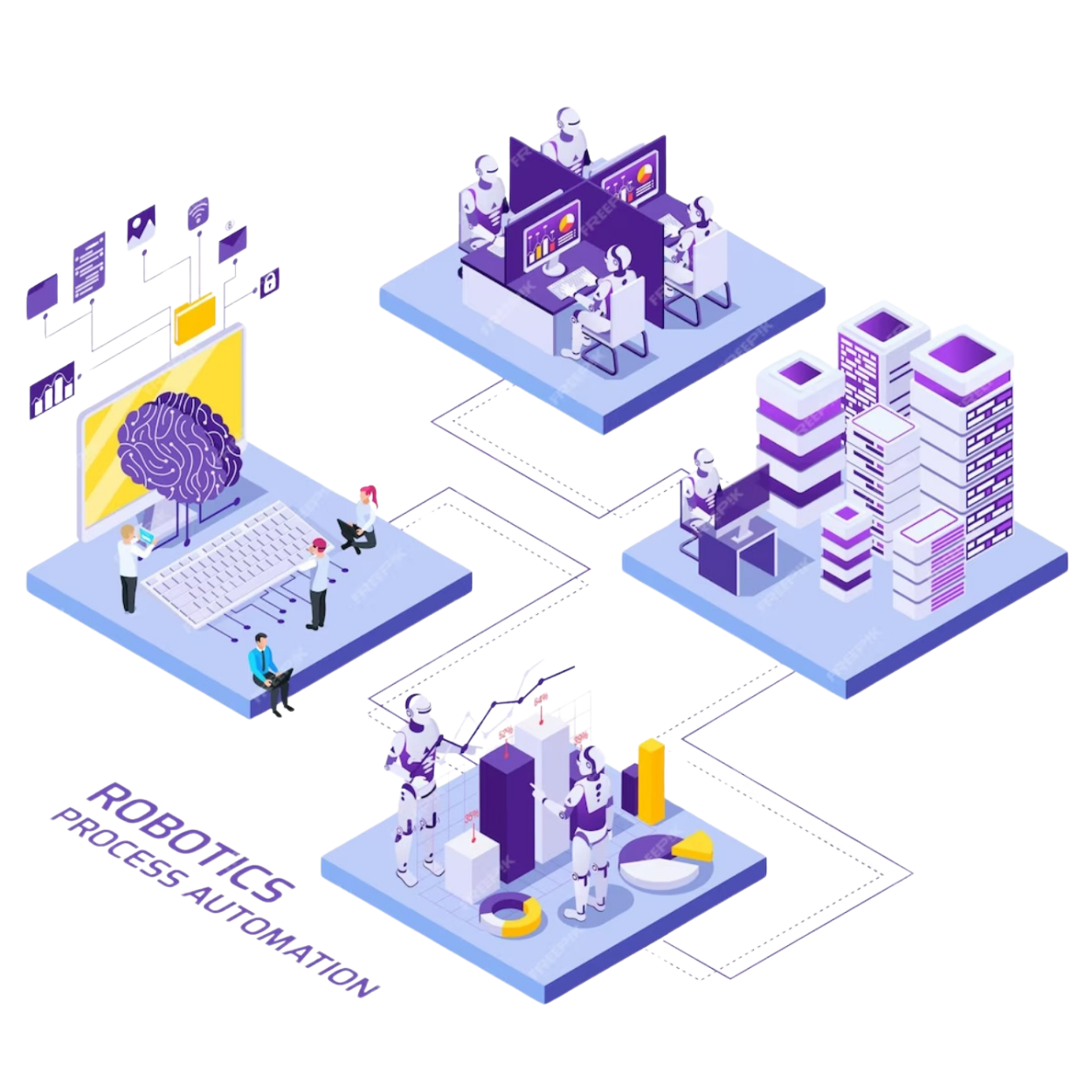
In the dynamic landscape of modern business, efficiency and adaptability are paramount. Robotic Process Automation (RPA) has emerged as a game-changer, offering organizations the ability to streamline operations, reduce costs, and improve overall productivity.
What is RPA?
RPA involves the use of software robots or "bots" to automate repetitive and rule-based tasks within business processes. These bots mimic human interactions with digital systems, executing tasks such as data entry, processing transactions, and managing workflows. Unlike traditional automation, RPA does not require complex integrations or extensive coding, making it a versatile solution for various industries.
Key Benefits of RPA:
Applications of RPA:
RPA is applied across various industries, including finance, healthcare, logistics, and customer service. Examples include invoice processing, claims management, order fulfillment, and data extraction from unstructured documents.
Challenges and Considerations:
While RPA brings numerous benefits, it's essential to consider potential challenges, such as security concerns, regulatory compliance, and the need for ongoing maintenance and monitoring. Organizations must strike a balance between automation and human oversight to ensure a seamless integration of RPA into their workflows.
In conclusion, Robotic Process Automation is revolutionizing how businesses operate by automating mundane tasks, driving efficiency, and empowering organizations to focus on strategic initiatives. As technology continues to evolve, RPA stands at the forefront of innovation, offering a glimpse into the future of automated and optimized business processes.